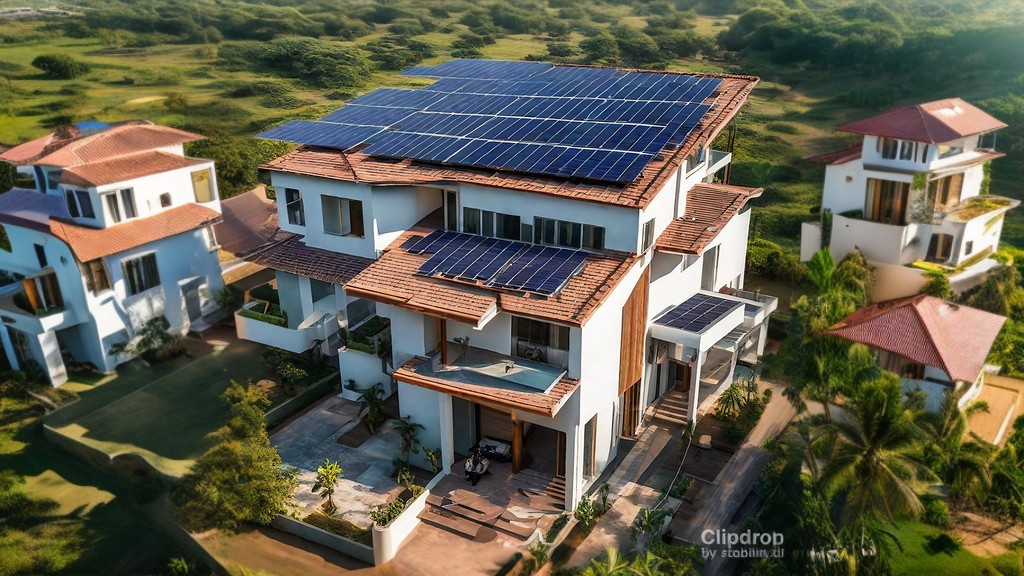Background:
In India, the adoption of solar roofs has gained significant traction as households and businesses seek to harness abundant sunlight for clean energy. This case study delves into the story of the Patel family in Gujarat, India, and explores how their decision to install a solar roof contributed to economic growth in their community.
Objective:
The Patel family aimed to reduce their electricity bills, decrease their reliance on the grid, and contribute to a sustainable future. Simultaneously, they wanted to assess the financial and economic benefits of adopting solar roofing technology.
Implementation:
Solar Roof Installation: The Patels collaborated with a local solar energy provider to install a solar panel system on their rooftop. The system featured high-efficiency solar panels and net metering to optimize energy production and grid integration.
Financial Incentives: The family took advantage of government incentives and subsidies, such as the Pradhan Mantri Kisan Urja Suraksha evam Utthaan Mahabhiyan (PM-KUSUM) scheme, which supports solar installations in rural areas.
Local Job Creation: The installation process generated employment opportunities for local technicians and solar panel maintenance workers, contributing to job creation in the community.
Grid Connectivity: Excess energy generated by the Patels’ solar roof was fed back into the grid, earning them credits that reduced their electricity bills further.
Results:
Energy Savings: The Patels witnessed a substantial reduction in their monthly electricity bills as the solar roof met a significant portion of their energy needs.
Economic Upliftment: The solar installation not only benefited the Patels but also provided income to local workers involved in installation, maintenance, and grid management.
Emissions Reduction: The adoption of solar roofing by households like the Patels contributed to a reduction in greenhouse gas emissions, fostering a cleaner environment.
Community Influence: The Patels’ success with their solar roof inspired neighboring households to explore solar solutions, contributing to a growing trend of solar adoption in the area.
Economic Growth: As solar adoption increased in the region, local solar businesses flourished, attracting investments and contributing to the economic growth of the community.
Percentage of Adoption:
In Gujarat, where the Patel family resides, the adoption of solar roofs has been on the rise, with approximately 15% of households opting for solar roof installations. This percentage has been steadily increasing due to government incentives, awareness campaigns, and the economic benefits associated with solar energy.
Conclusion:
The Patel family’s decision to install a solar roof in India illustrates the far-reaching economic impact of solar adoption at the household level. As more Indian households embrace solar energy, not only do they experience financial savings and energy independence, but they also contribute to local job creation and a reduction in greenhouse gas emissions. Solar adoption is not just a sustainable energy solution; it is a catalyst for economic growth, particularly in regions with abundant sunlight like Gujarat.


